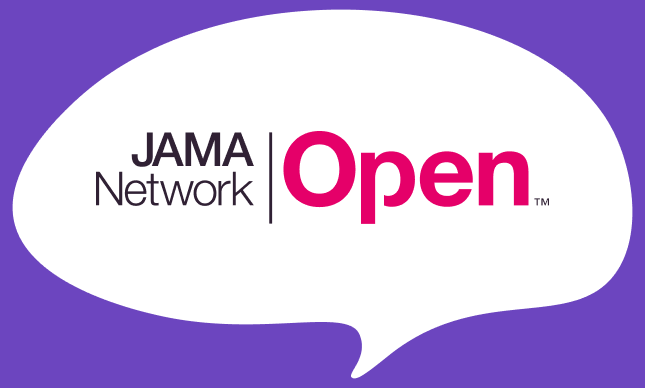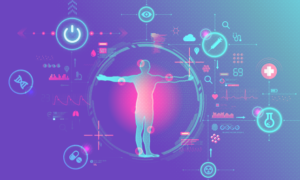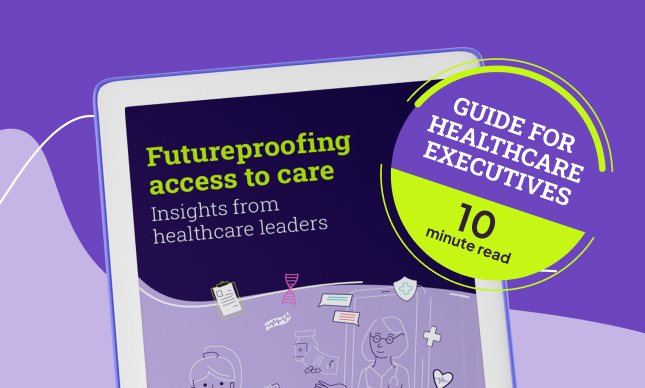Telemedicine as Effective as In-Person Exams, Study Finds

Read what a recent JAMA study had to say about the results of remote care using TytoCare.
Study overview
The results of a clinical study recently published on JAMA Network Open showed that telemedicine using TytoCare may be just as effective as in-person exams. The study examined the use of TytoCare’s mobile medical device that enables remote physical examinations. Researchers concluded that “telemedicine may be an alternative to in-person examination in certain contexts, and may help to optimize access to health care services and reduce social and geographic barriers.”
Researchers from Brazil’s Hospital Pequeno Príncipe and Hospital Infantil Sabara carried out the study to compare the accuracy of the results of remote exams using TytoCare to that of in-person exams. The study was supported and funded by Brazilian healthcare startup Tuinda Care.
The nonrandomized controlled trial of 690 pediatric patients took measurements from remote physical exams via tele-interconsultation with TytoCare and compared them to those from in-person exams for children aged two and up. The study found that there was satisfactory concordance for otoscopies, throat and oral examinations, skin examinations, and lung and heart auscultations.
TytoCare’s remote physical examinations mirrored those of in-person exams, indicating that telemedicine is a reliable outlet for both diagnostic and monitoring purposes. The results were conclusive: telemedicine with remote physical exams can be as accurate as traditional, in-person exams.
Telehealth a bigger challenge for pediatric use cases
The ability to provide patient health care outside of traditional settings has become more relevant in recent years. The COVID-19 pandemic accentuated the need for innovations capable of effectively and safely supporting remote consultations.
As the study’s authors explain, physical exams have a significant impact on our ability to prevent, diagnose, and treat disease. A high-quality telehealth tool capable of collecting physical exam data using a portable device is particularly important for pediatric populations. Pediatric patients pose a challenge to the use of traditional telemedicine and remote monitoring due to young patients’ limited ability to verbalize and express their feelings.
Past studies that compared the accuracy of digital devices with traditional methods found no statistically significant differences between conventional and digital devices. In fact, digital methods demonstrated superior accuracy in some cases. A study carried out in Israel referred to a feeling of insecurity on the part of physicians who performed telemedicine exams due to the difficulties in carrying out a physical exam in nonverbal patients.
A comprehensive virtual care solution – no matter the use case
To alleviate these issues, telemedicine devices that enable physical exam data to be captured remotely are becoming more widespread. For example, TytoCare’s mobile device includes a digital stethoscope, otoscope, and other tools that allow for the remote examination of the throat, ears, lungs, heart, skin, abdomen, and more, using a single handheld device. TytoCare enables clinicians to collect synchronous and asynchronous exam data gathered by caregivers or healthcare professionals. This method eliminates barriers to effective telemedicine in specific use cases.
The present study utilized TytoCare to assess the concordance between measurements from in-person physical exams and those from a telemedicine exam that leveraged a mobile device to capture data. It is important to note that not all telemedicine solutions have undergone clinical trials to assess their safety and effectiveness.
The study examined the use of TytoCare in patients with stable, nonurgent conditions. Other uses indicated for mobile medical devices are providing care for patients who have difficulty accessing appropriate care due to geographical distance, and the remote monitoring of hospital-discharged patients.
Cost reduction is another benefit of mobile medical devices, as these innovations expand patient access to primary care, allow for better allocation of hospital resources, reduce disease exposure for high-risk and medically vulnerable patients, and enable prevention and earlier diagnosis of complications in discharged patients, among other benefits.
To read the full study, click here.





